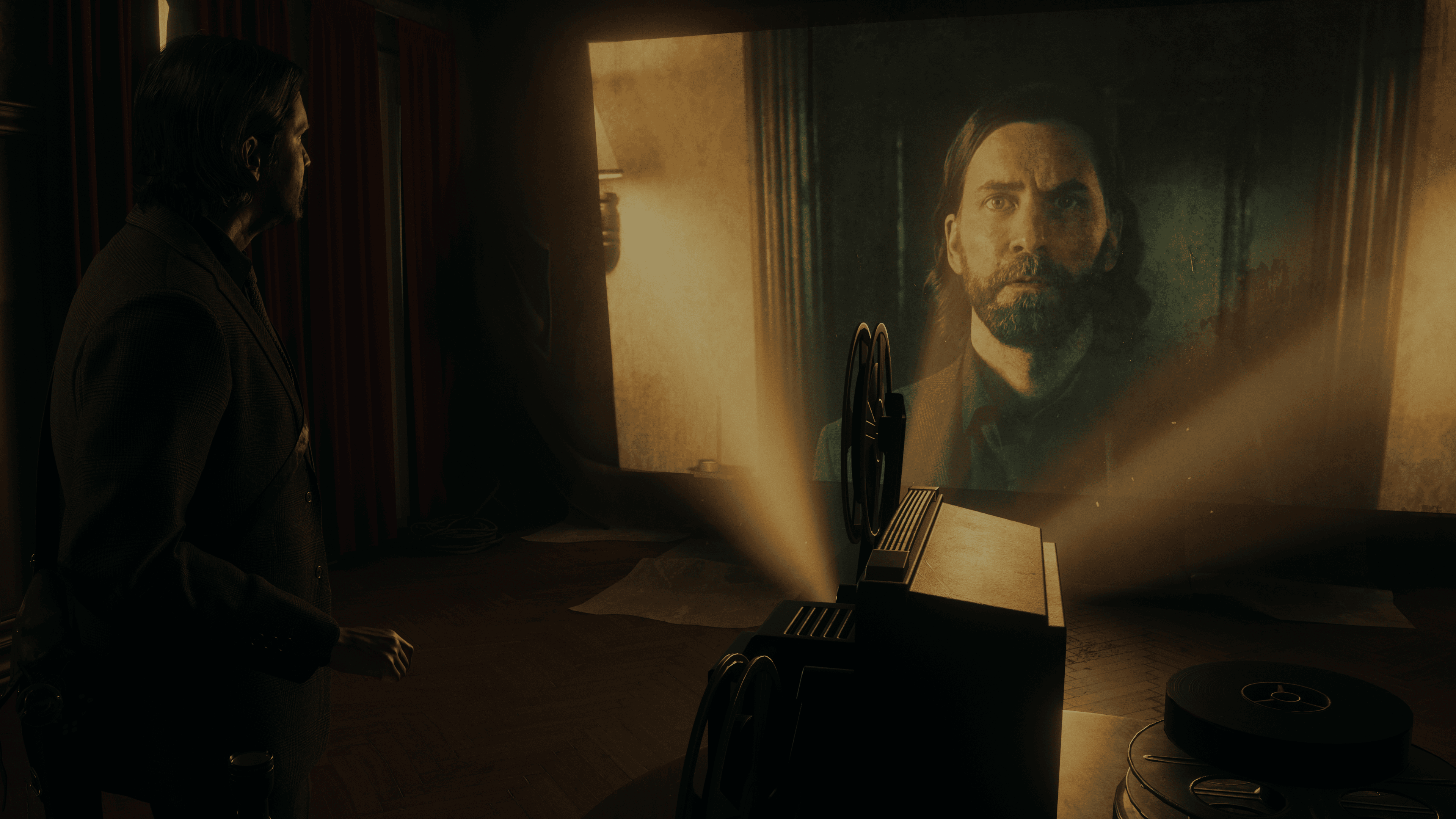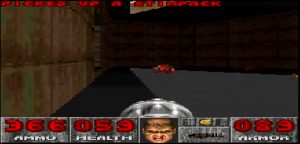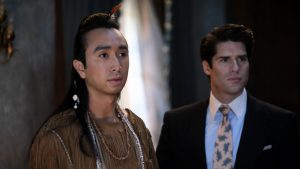
I love horror sequels to a degree I can not always defend. Mind you, I’m not just talking about the ones that are generally considered to be great. On any given night, I will gleefully watch something like Amityville 1992: It’s About Time, Maniac Cop 2, Hello Mary Lou: Prom Night 2, Pet Semetary 2, or pretty much any slasher sequel.
As I’ve tried to make sense of what it is that is so appealing about those sequels beyond their individual charms, I’ve arrived at only one somewhat logical conclusion. Horror sequels are often, in their own ways, pretty bold. That’s even true of some of those “lesser” horror sequels. Armed with a small budget, a recognizable name, and little oversight, the directors and writers of those sequels ran with the rare opportunity to get their wild ideas on screen. That devil-may-care attitude often makes so many horror sequels fundamentally enjoyable in some way. A horror sequel can make a lot of mistakes, but if it bothers to be bold, it has the potential to live on and perhaps become truly great.
Well, Alan Wake 2 is a truly great sequel that reminds us that the surprisingly strong history of horror sequels is rooted in a willingness to often go for broke.
Alan Wake 2 doesn’t pick up exactly where the previous game left off, and I’m not just talking about the sequel’s 13-year time jump. It is, in many ways, not the sequel that Alan Wake fans have probably been dreaming of all this time. Half the game sees you play as a new character (FBI investigator Saga Anderson), the original game’s action horror has been replaced with more “pure” survival horror, and a surprising amount of the gameplay requires you to either investigate crime scenes or solve some other kind of puzzle.
In an interview with Den of Geek, Alan Wake 2 co-director Sam Lake explained that some of these changes were designed with new players in mind. After all, it’s been a long time since the original Alan Wake, and it’s safe to say that more than a few people are coming to this game after playing Remedy’s 2019 sci-fi horror title, Control. Alan Wake 2’s more methodical gameplay and emphasis on environmental storytelling often make it feel closer to Control at times, which I imagine will upset some longtime fans.
However, if “Alan Wake, but more” was enough, then we probably would have gotten an Alan Wake sequel much sooner than we did. Alan Wake was an odd little title for its time, and it needed to not only improve but grow in ways that represented the 13 years that have passed since its release. A technically better and bigger Alan Wake experience was never quite going to cut it, even if that is what so many modern gaming sequels aspire to offer.
Even still, Alan Wake 2 is not a horror sequel like The Exorcist 3, Halloween 3, or Psycho 2 that is clearly using an established name as a Trojan horse for a worthwhile new story (often to their detriment in the minds of many fans). There is plenty of Alan Wake in Alan Wake 2. The sequel’s combat will feel instantly familiar despite various changes, the game still benefits from an offbeat sense of humor and writing style, and, yes, you will eventually get to learn what became of Alan himself.
Most sequels carry the fundamental expectation that they will go bigger and give more. Alan Wake 2 certainly understands that part of the assignment. For all its changes, it is significantly more substantial than its predecessor yet often delivers the fundamental experience (and necessary answers) you’d expect from an Alan Wake sequel.
The results of that approach are often miraculous. Alan Wake 2’s story is narratively and emotionally more complex than its predecessors, but it never forgets to have fun. Its puzzles and investigation sequences not only force you to dive deeper into the game’s thick horror atmosphere but offer that bit of variety between combat sequences that the first Alan Wake too often lacked. The game is often significantly scarier than the original, but it is never so terrifying that you will not be compelled to press on for the pleasure of seeing what will happen next.
Through its changes, refinements, and entirely new ideas, Alan Wake 2 joins the likes of Aliens, Dawn of the Dead, The Bride of Frankenstein, Silent Hill 2, and Resident Evil 2. Like those titles, it not only delivers an experience that stands tall on its own but a fascinating evolution of what came before that will lead many to argue that it is better than an original entry that many once felt could never be topped.
The best horror sequels have long aspired to achieve something more than simply “more.” They take big swings, and when they whiff, they whiff in ways that leave you staring at the screen trying to comprehend what you just witnessed. At a time when so many franchises have become too big to dare to be different, horror sequels have long embodied the spirit of opportunity that should propel a sequel to fantastic new heights or, at the very least, a slightly different destination. Well, few horror sequels in recent memory (whether they be games, movies, or entries in any other medium) represent the virtues of taking that scary risk quite as well as Alan Wake 2.
The post Alan Wake 2 Does What Every Great Horror Sequel Should Do appeared first on Den of Geek.






